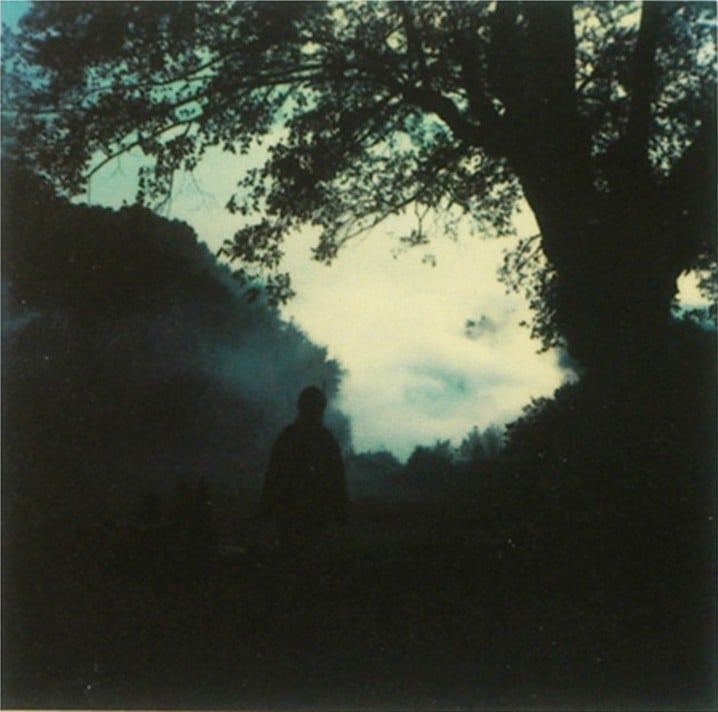Humane Ingenuity 18: Closing Time
by Dan Cohen

Metamorphic library table-steps, by Thomas Sheraton, c. 1795. (CC0-licensed image from the Smithsonian Institution's new open access collection, which I'll be writing about in the next issue.) A piece of furniture that is both useful and a metaphor.
Friends, it has been a difficult few weeks for me, as I'm sure it's been for you. This newsletter has been my enjoyable extracurricular outlet for this academic year, but my day job is as an administrator, and both the academic year and my administrative duties have been under considerable stress, as you might imagine. For the past few weeks, I've been meeting regularly with the other deans and senior leadership at our university to plan for what to do in response to the coronavirus pandemic, and unfortunately we've now had to implement those plans. It's been hard.
I've seen people make lofty references to the activities of Isaac Newton and William Shakespeare and Mary Shelley as this plague has descended upon us. As our world swiftly deteriorated and I had to make management decisions, my mind drifted toward a less lofty figure instead: Captain Kirk, and the Kobayashi Maru test. In the classic, cheesy Star Trek II: The Wrath of Khan, there is a Starfleet Academy exercise in which every possible outcome is horrible; the objective is to see if you can gracefully manage the decline into tragedy.
That is what this time has felt like. There have been no perfect solutions these past few weeks, or even choices without serious real-world impacts. Balancing staff safety, community services, student needs...these were often at odds, with no way to square the circle.
Captain Kirk, of course, was the only one ever to beat the Kobayashi Maru test, by stepping outside of the simulation and reprogramming the computer. If only. But even if we could step outside of our current, terrible non-simulation, that's not how leadership works, as far as I've come to understand it.
We cannot go rogue in these situations, operating and thinking alone. While advocating strongly for what I thought was the right course of action, constant interaction with, and feedback from, my staff, my leadership team at the library, and others across the university, and the transparent sharing of ideas and practices on several email threads with other library deans, has been incredibly helpful. In real life, Kobayashi Maru situations have no exit. Only through thoughtful collaboration can we hope to find the best of the many bad options.
Our library is now closed, as it should be. Or, I should say, the physical building is closed. We made what I believe was the correct decision to taper off our in-person services last week. My staff moved online to help students, faculty, and the public virtually, and that seems to be going very well, although we know that some community members relied on the library building for other reasons. Many library resources are, of course, already online. The library persists, out there in the ether. It will stay that way for a while.
This is my second experience of a library and a tragedy.
A few days before the launch of the Digital Public Library of America, in April 2013, bombs went off near the finish line of the Boston Marathon—right in front of the Boston Public Library (where DPLA's office would be set up)—and the city went into lock-down. It feels eerily similar to today. Back then, I had to scramble to figure out what to do, which became clear after speaking with colleagues and friends: we would have to postpone the launch festivities. Then I drafted these words and posted them to the DPLA website:
I see the building of a new library as one of the greatest examples of what humans can do together to extend the light against the darkness. In due time, we will let that light shine through.
I believe this to be true, for libraries old and new, physical and digital. I look forward to reopening our library building in due time, and to building a library, virtually, in the meantime.

Polaroid by Andrey Tarkovsky, c. 1979-84 (via Alan Jacobs's newsletter)

Caspar David Friedrich, Man and Woman Contemplating the Moon, c. 1824
Remember: there are many ways of seeing the very same night. Stay safe out there in these dark times, friends.
